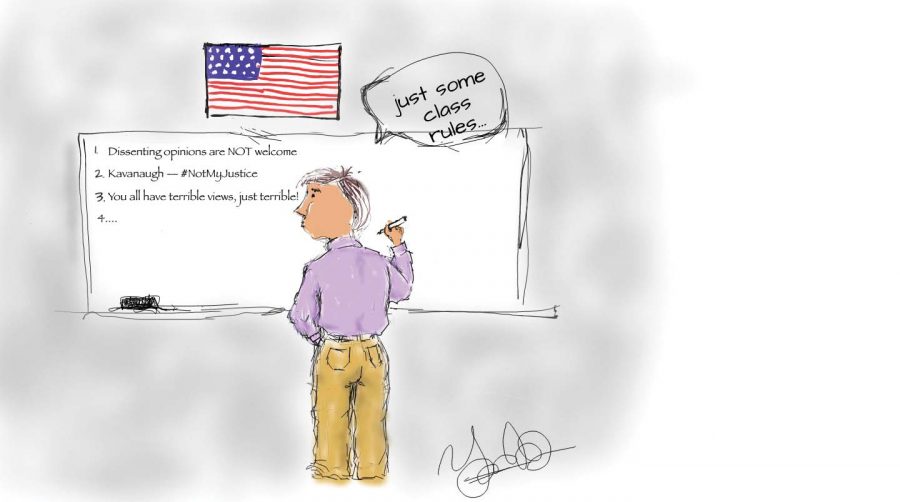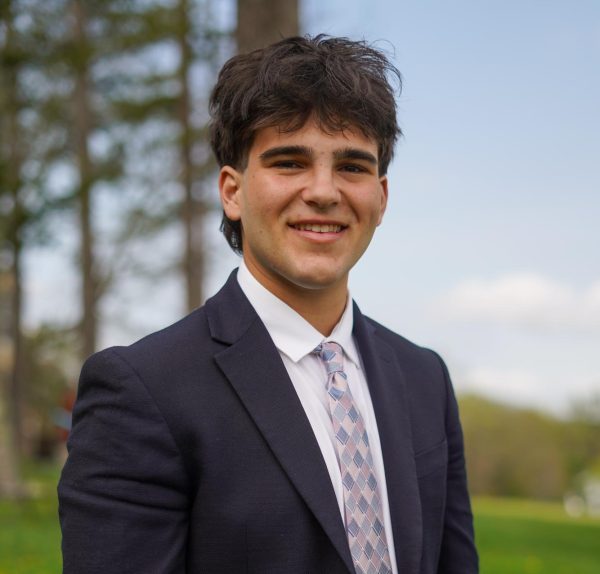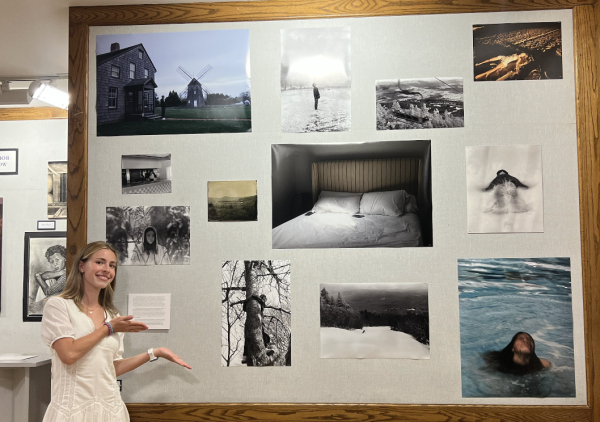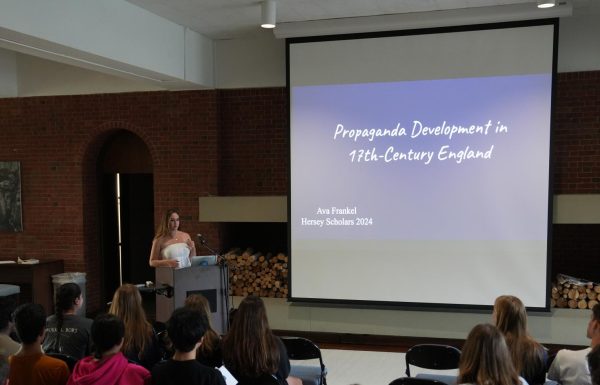Support Diverse Opinions in the Classroom: How teachers can ensure a welcoming environment
At Hotchkiss, we value a diversity of backgrounds and opinions. In our courses, we partake in class discussions which prompt us to listen to others’ beliefs so that we may form our own. However, these discussions are moderated by teachers, and I’ve come to an unfortunate realization about them – some say or don’t say certain things because of the teachers’ own political leanings. Often when this happens, important background information or opposing opinions become lost. I hope that teachers can become more aware of how what they say can impart their assessments to students in a way that implies their opinions are unquestionable.
Having teachers consciously or unconsciously imposing their political opinions on their students in the classroom can have negative effects on all individuals, irrespective of students’ points of views. Someone with similar beliefs to the teacher may feel assured that they are right simply because, the teacher is affirming their beliefs. This then causes them to have less respect for those of differing ideologies, automatically labeling others “wrong” simply because an authority (the teacher) holds another perspective. This is immensely detrimental to civil discussions.
Students who disagree with the teacher may feel afraid to voice their opinion for fear of not receiving the teacher’s support. Indeed, some of my peers have reported instances in which their teacher did not encourage students with different viewpoints to join the conversation. For example, one teacher frowned deeply, cut a student off, and instead turned to a different student with an opinion similar to the teacher’s. This second student was then encouraged to speak her mind without interruption. Teachers may also spend more time and effort on topics that align with their political beliefs, neglecting topics that do not.
The most disappointing scenarios are when teachers blatantly dismiss, attack, or are insensitive to the need to include opposing opinions. Multiple instances have been discussed amongst my peers where this has occurred. When reviewing a case which dealt with felons and the death penalty, a teacher stated, “These decisions…completely baffle me. We have to deal with so much racism in our courts… and no thanks to our most recently appointed Supreme Court justice [Brett Kavanaugh].” In these cases, Justice Kavanaugh voted to reject one felon’s (a white Muslim) request for a stay but approved the other (a white Buddhist).
Had this teacher merely stated their confusion, I would have concurred. However, the assumption about why the disparity occured is a conclusion the teacher did not support with analysis. What made this teacher so sure that racism, not other factors, was the deciding factor in this case? And why did this teacher only denounce Justice Kavanaugh when two other justices, Chief Justice John Roberts included, also voted differently?
Another occasion that concerned me was when a teacher talked about two politicians, one a liberal and one a conservative, in very different ways. I remember sitting in the classroom and hearing the teacher state, “There was this super-liberal guy and a super-conservative guy, and this conservative guy’s views were just terrible!” I remember feeling uncomfortable because the teacher did not give any reasons why the “conservative guy” had “terrible views.” In fact, this teacher did not tell us what those views even were. Although this slip of the tongue did not seem intentional, as an educator with a lot of influence, this teacher should not say things like this, because it implies that all conservatives, even students in that very class, have “terrible views.”
Again, I cannot emphasize how critical it is for teachers to be aware of imparting their opinions without strong evidence backing up their points, especially on controversial topics. While I am a strong supporter of being able to freely express oneself, a teacher’s job is to provide the information pertaining to history and writers so that we, as students, may derive our own opinions.
One of my friend’s teachers once said, “There are a lot of people who don’t believe that there are more than two genders, which is a problem.” This statement could be taken two ways: First, the teacher could be stating that it is a problem that some students do not understand that people embrace more than two genders, the second, the teacher could be criticizing those who do not embrace this idea. The latter is labeling students as problems, and rather than working to understand why they do not embrace there being more than two genders, it makes them feel attacked.
Free speech is one of the greatest values, because it promotes crucial discussions. Teachers have to be more aware and conscious of what they say to their students in classrooms in order to support this value. So, how should teachers respond to questions or teach the curriculum in a non-biased way? I would like to acknowledge Ms. McClure, instructor of philosophy, for providing the perfect model. She was asked by a student to express her opinion about animal rights and she thought for a few seconds before responding, “I think he [the author] would agree with what you are saying, as he states in his writings that… ” Here, Ms. McClure turned the discussion back to the material at hand, avoiding the possibility that her beliefs would prevent us from thinking for ourselves.
Again, to reiterate, my goal is not to condemn teachers for making mistakes, but to make sure that they are aware that their words hold of a lot of weight so that they might be careful with how they express themselves during their lessons. While it is good for teachers to challenge and engage with students’ views of the world, making students feel ignorant or hurt is not helpful.
If a teacher believes that it is important that they share their opinions, they should do so respectfully and welcome their students to jump in, especially those who disagree. Otherwise, they should steer the discussion back to the lesson.













